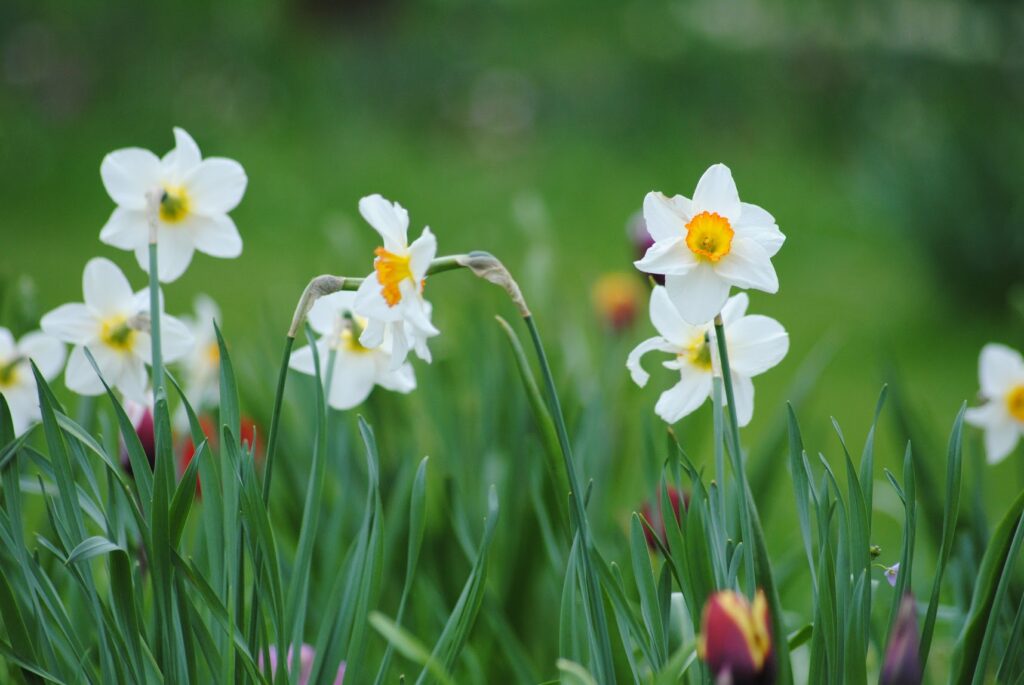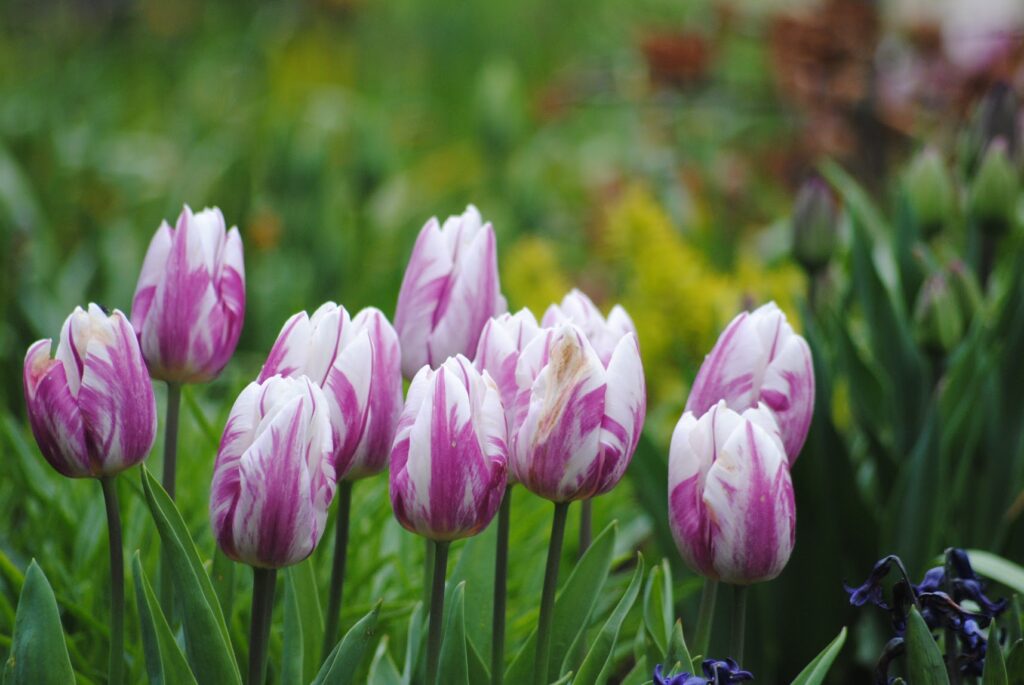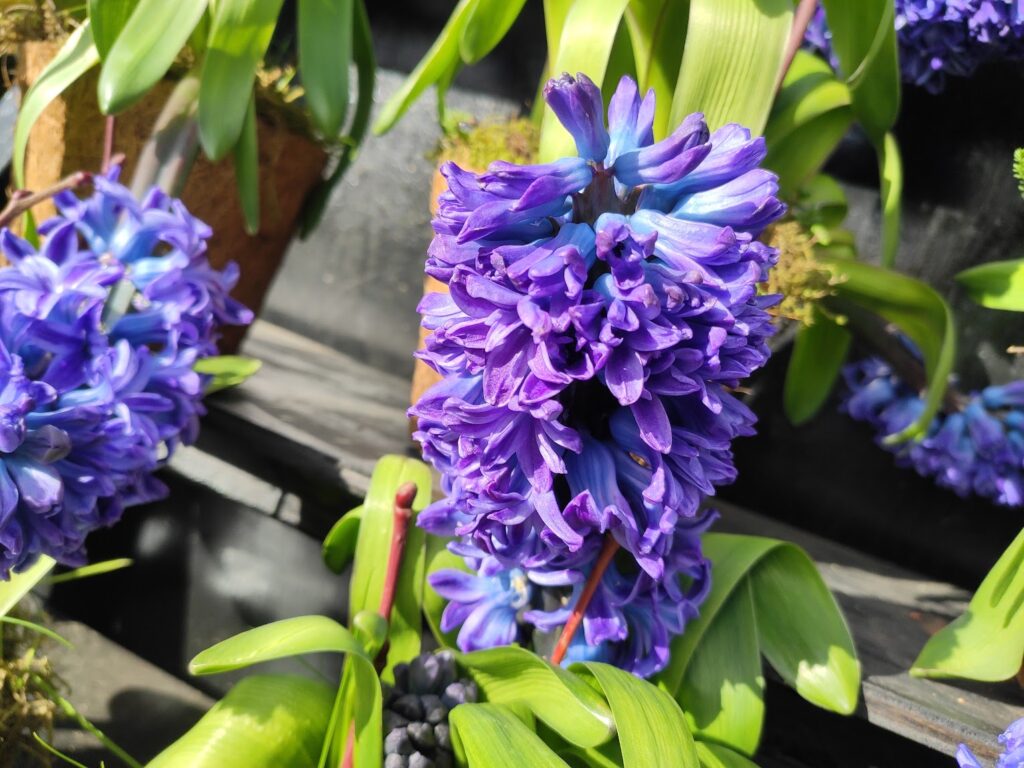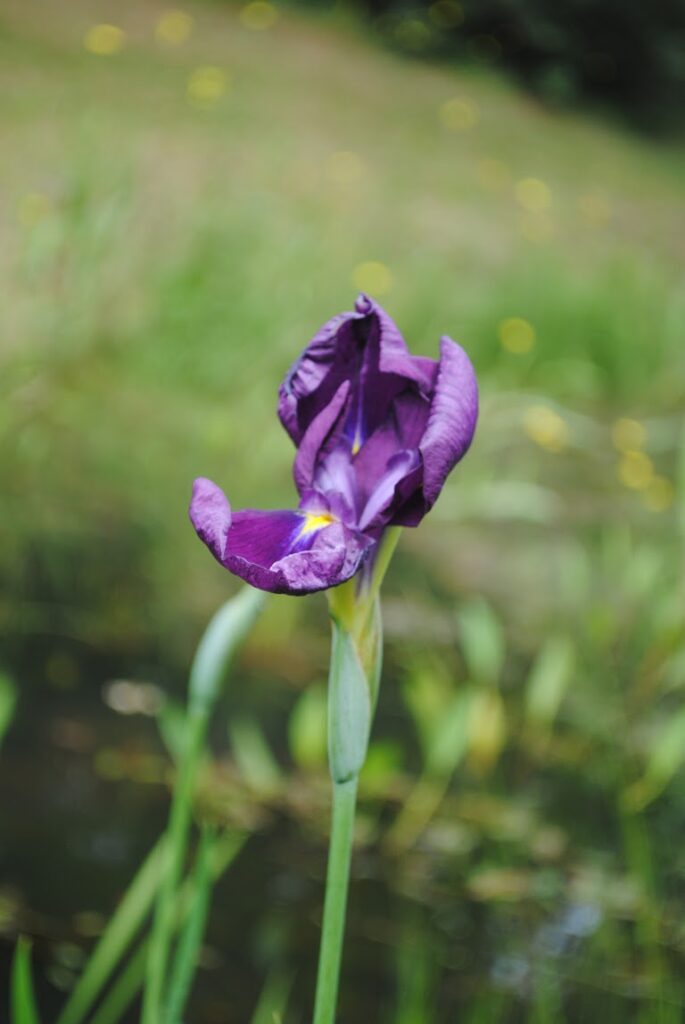Introduction
The changing of the seasons has forever inspired us in the creation of religion, traditions and stories. The display of flowers that bloom in springtime brings hope of new beginnings as the days get longer and the weather gets warmer. Floriography, the language of flowers that was popularised in the Victorian era, has made a comeback in recent years. Often this practice was used to express a person’s true emotions in a time where outward displays of feeling were frowned upon due to strict societal rules.
Daffodils
Associated with the month of March, daffodils have long been a recognised symbol of Wales. It is popular to wear daffodils on St David’s Day. They signify new beginnings and hope so you could send them to someone who’s recently moved into a new house. However, caution when keeping in the house because daffodils are toxic and are harmful to cats if they are ingested. It is also considered good luck to see the first daffodils of spring which is why the Chinese celebrate daffodils during New Year.

Stories told in Greek mythology were used to explain natural phenomena including the creation of flowers. For example, the legend of Narcissus who fell in love with his own reflection. Upon realising the reflection could not love him back, he took his own life transforming into a narcissus flower becoming a symbol of self-obsession.
Tulips
My current personal favourite spring flower has to be tulips and I’m not the only one. During the 16th century, tulips were among the plethora of plants that were introduced to Europe. It became common for the wealthy Dutch rich to bid over rare types of tulips for very large sums to put on display. This soon developed into what is known as ‘tulip mania’. The price of tulips kept on rising until a sudden fall which had a substantial effect on the market. Tulip mania is commonly used as a classic example of a financial bubble where the price of a product goes up and up due to the expectation that you will be able to sell it for a profit without the product having tangible value.

Tulips are used to represent true and perfect love which is understandable as this flower has been loved for many centuries. Different colours of tulips have different meanings. My favourite is the Victorian which is if you give someone yellow tulips, it means that there’s sunshine in their smile.
Crocus
Crocus often symbolise cheerfulness and youthful gladness. Though, different colours are associated with different meanings: purple can mean wealth or pride, white can mean truth or innocence and yellow can mean joy.

In Greek mythology, it is said that a mortal Spartan man, Crocus, was transformed into the flower. However, there are two main rival stories to how this came about. The first is where Crocus is the lover of the god Hermes. They are competing in athletic activities when a discus thrown by Hermes accidentally hits Crocus in the head which kills him. In grief, he transforms Crocus into a flower. This version is incredibly similar to the myth of Hyacinth so these two stories are practically the same for the two different flowers. Alternatively, the mortal Crocus was in love with the nymph Smilax. Whether this love was requited or not depends on the version of the story but the gods take pity on Crocus after viewing his grief at the loss of his love and turn him into a flower.
Crocuses are also mentioned in other tellings of Greek mythology. To seduce Europa, the Phoenician princess, Zeus in bull form lures her away with the scent of crocuses. Additionally, crocuses are said to be in Persephone’s bouquet of flowers when she is kidnapped by Hades.
Spring crocuses are used to express love, including platonic love and love of self. This association may have come about as they bloom around the time of Valentine’s Day.
Hyacinth
With origins in the Mediterranean, hyacinths have spread across the world due to adaptability to grow in a variety of conditions. Different coloured hyacinths have different meanings. In the language of flowers, they represent sincerity and constancy. However, it is also said that pink hyacinths represent playful joy, purple represent deep regret, and white represent love and prayer. A fun fact is that Hyacinth are from the same family as asparagus.

Similar to the myth of Crocus and Hermes, there was a Spartan prince who was lover of the god Apollo called Hyathincus who was killed by a discus to the head. He then is transformed into a Hyacinth plant by the god in grief. In some versions, the god of the west wind, Zephyrus, was in love with Hyathincus so in jealousy of his relationship with Apollo he caused the discus to fly into his head.
Iris

Capturing natural beauty has been a tradition throughout civilization. For centuries, we have used flowers for decoration from our homes to our clothes. A symbol that is commonly seen but often goes unnoticed is the French fleur-de-lis that is inspired by the shape of a yellow iris. The fleur-de-lis was used by French royalty for things like a coat of arms, on coins, etc during the Middle Ages. It is still a common symbol to be seen on historical objects, furniture and silverware.
Iris’ are often sent to friends to communicate gratitude and are related to feelings of hope and trust. In ancient Egypt, they were used as a symbol of protection and the perfume was used in prayer to the Egyptian gods.
References…
https://www.bloomandwild.com/the-blog/floriography-language-of-flowers-meaning
https://www.bbc.com/culture/article/20221012-the-flowers-that-send-a-hidden-message
Crocus Folklore & Magical Uses
Spring Has Sprung: Origin Myths And Crocus Folklore